The internet is undergoing a profound transformation. As Web 3.0 begins to decentralize data and democratize control, artificial intelligence (AI) is revolutionizing how we process and interact with that data. The convergence of these two game-changing technologies is laying the foundation for a smarter, more secure, and user-centric digital world.
This blog explores the synergies between Web 3.0 and AI, examining how their integration is reshaping industries, redefining digital trust, and powering the next generation of online experiences.
Understanding Web 3.0: The Decentralized Web
What Is Web 3.0?
Web 3.0, often referred to as the decentralized web, is the next evolution of the internet. Unlike Web 2.0, which relies heavily on centralized platforms (e.g., Google, Facebook), Web 3.0 aims to give users ownership of their data and digital identities through blockchain technologies.
Key Characteristics:
- Decentralization: No single entity controls the platform.
- Blockchain-based: Enables secure and transparent transactions.
- Tokenized Economies: Incentivizes participation using cryptocurrencies and NFTs.
- Semantic Understanding: Websites and platforms can understand and interpret context.
Web 3.0 in Action
Examples include decentralized finance (DeFi) platforms, NFT marketplaces, and decentralized autonomous organizations (DAOs) where users govern rules and operations.
Understanding AI: The Brain Behind the System
What Is Artificial Intelligence?
AI refers to the simulation of human intelligence by machines. It includes subfields such as machine learning (ML), natural language processing (NLP), computer vision, and robotics.
Key Capabilities of AI:
- Learning from Data: AI systems improve over time.
- Predictive Analysis: AI can forecast outcomes based on historical data.
- Automation: Reduces manual tasks.
- Human-like Interactions: Via chatbots, virtual assistants, and more.
The Intersection of Web 3.0 and AI
Why Merge Web 3.0 with AI?
Web 3.0 offers decentralization and data sovereignty, but it often lacks the intelligence to act on complex information. AI fills this gap by enabling autonomous decision-making, personalization, and analytics.
Together, they create a more adaptive and user-friendly web, where data is not just owned but also meaningfully utilized.
Real-World Applications of Web 3.0 + AI

1. Decentralized AI Marketplaces
Platforms like Ocean Protocol and SingularityNET allow AI developers to sell services and models directly to consumers on decentralized networks.
Benefits:
- Greater accessibility to AI.
- Monetization opportunities for developers.
- Encourages innovation.
2. Smart Contracts with AI Logic
AI can enhance smart contracts by introducing adaptability. For example, an AI-powered contract can evaluate the credibility of external data sources or adjust terms based on user behavior.
3. Intelligent DAOs
AI-driven analytics can help DAOs make better governance decisions by analyzing community sentiments and historical trends.
4. AI-Enhanced NFTs
AI can be used to dynamically generate or evolve NFTs, creating new forms of digital art and identity.
5. Personalized Metaverse Experiences
AI algorithms can tailor virtual worlds to individual preferences, while Web 3.0 ensures these experiences are user-owned and portable.
Challenges at the Crossroads
1. Data Privacy and Ethics
The integration of AI raises privacy concerns, especially if models are trained on user-owned data in decentralized ecosystems.
2. Scalability and Complexity
Combining decentralized systems with computationally heavy AI can lead to performance issues.
3. Regulatory Hurdles
Laws around AI and blockchain are still evolving and could hinder adoption.
4. Interoperability
Different protocols and AI platforms must work together seamlessly for this integration to succeed.
Technology Stack: Tools Powering the Fusion
Blockchain Frameworks
- Ethereum for smart contracts
- Polkadot for interoperability
- IPFS for decentralized storage
AI Tools and Platforms
- TensorFlow and PyTorch for model development
- OpenAI APIs for language understanding
- Hugging Face for NLP models
Integration Protocols
- Chainlink for connecting smart contracts to real-world data
- Ocean Protocol for decentralized AI data marketplaces
Case Study: SingularityNET
SingularityNET is a decentralized marketplace for AI services. Founded by Dr. Ben Goertzel, the project aims to democratize AI by making it accessible to everyone via blockchain.
Key Features:
- Interoperable with multiple blockchains.
- Open-source codebase.
- Token economy (AGIX) to reward participation.
Use Case: A business can integrate a natural language processing model via SingularityNET to power its customer support chatbot.
Implications for India and Emerging Markets
Opportunities
- Democratized AI tools for agriculture, healthcare, and education.
- New revenue streams via AI model sharing.
- Decentralized identity systems to empower the underbanked.
Challenges
- Lack of infrastructure in rural areas.
- Limited AI literacy.
- Policy gaps in data and digital rights.
The Road Ahead: What the Future Holds
Developers
- Need for new programming paradigms.
- Increased use of smart contract-AI hybrids.
Businesses
- Better customer insights from AI.
- Greater transparency from blockchain.
Users
- True data ownership.
- Tailored experiences without surrendering privacy.
Conclusion: A Smarter, Fairer Internet
Merging AI with Web 3.0 is more than a technical evolution; it’s a philosophical shift toward a more equitable internet. As these technologies mature, the way we work, play, transact, and communicate online will be forever changed.
For developers, entrepreneurs, and users alike, now is the time to understand and engage with this powerful convergence. Because the intelligent, decentralized internet isn’t just coming—it’s already here.
Disclaimer: This blog is for informational purposes only and does not constitute investment or legal advice. Please conduct your own research before acting on any of the information provided.
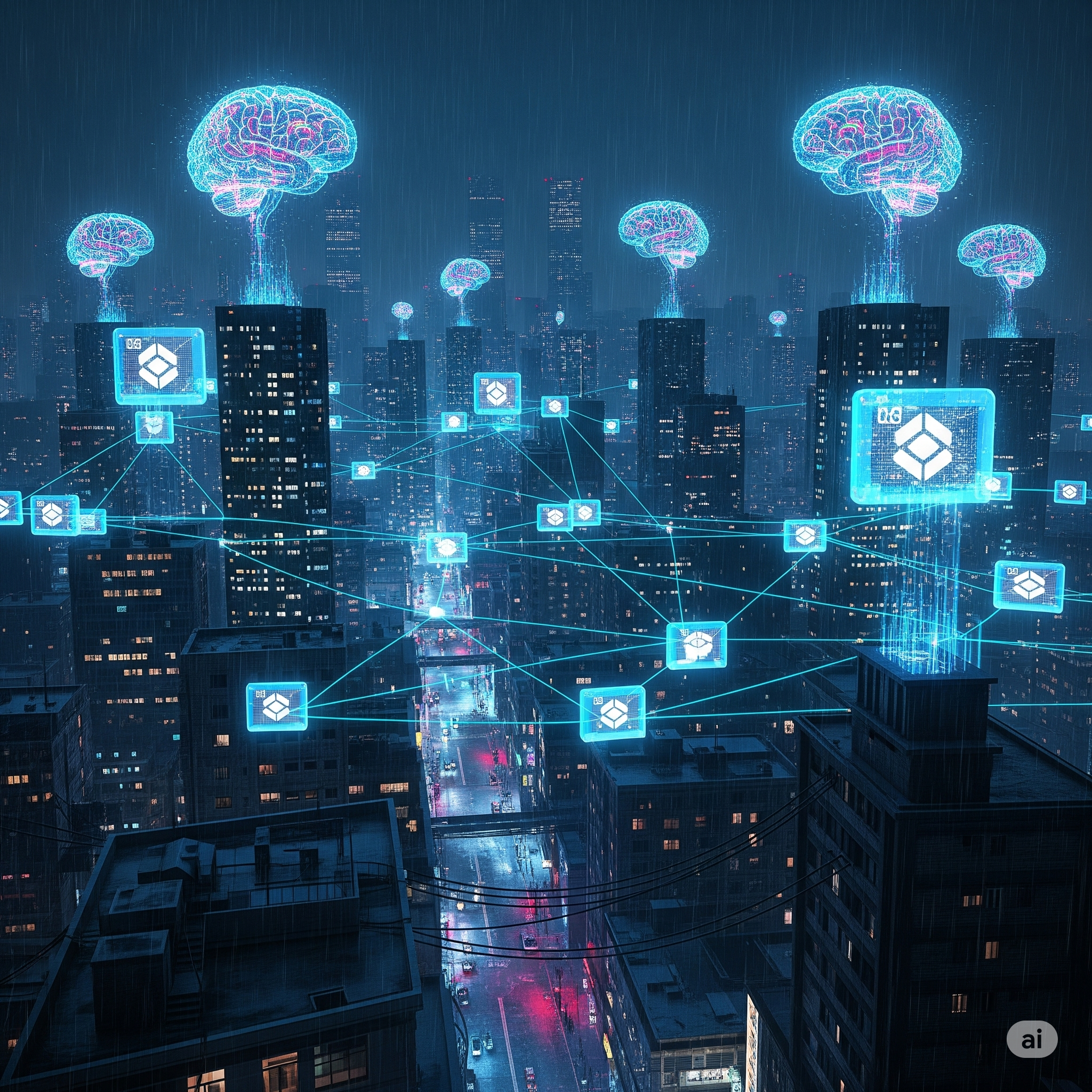
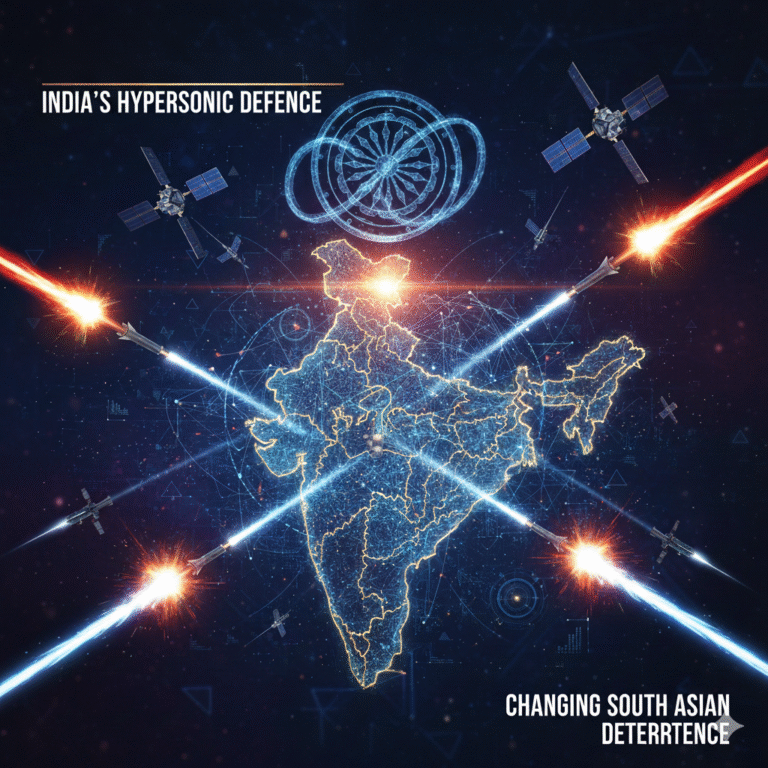
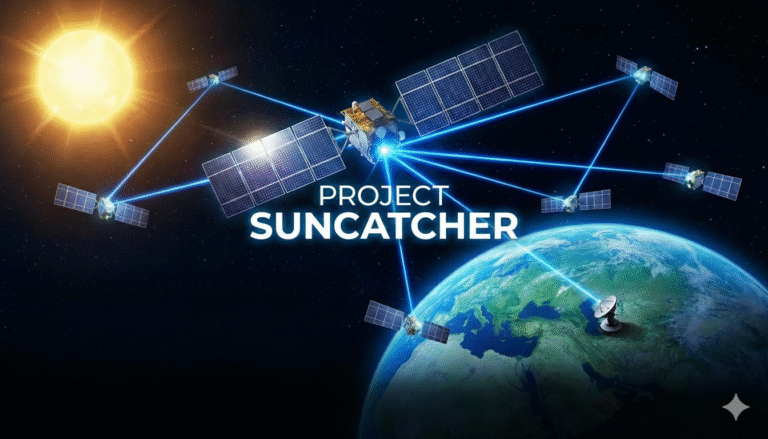
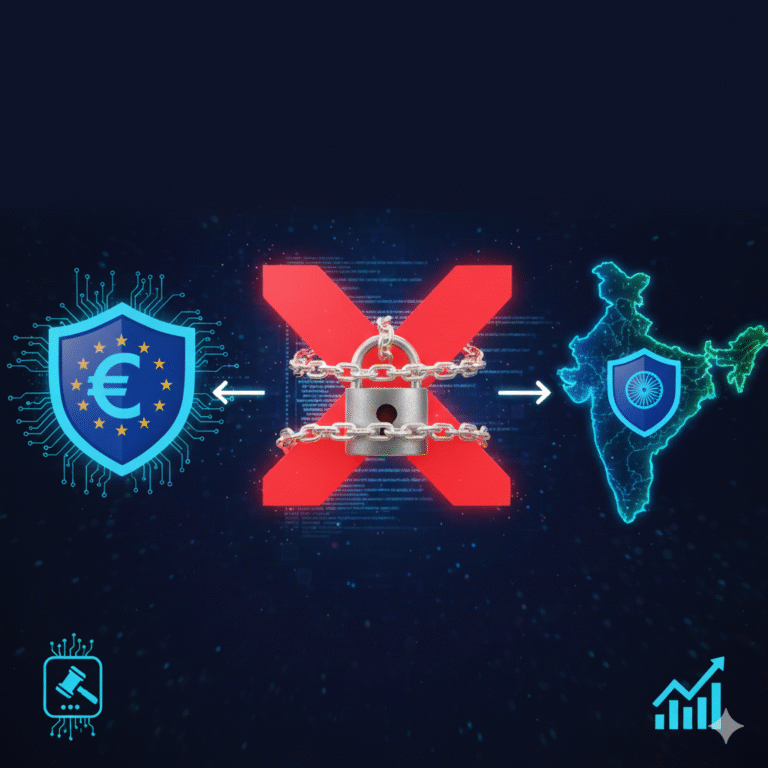

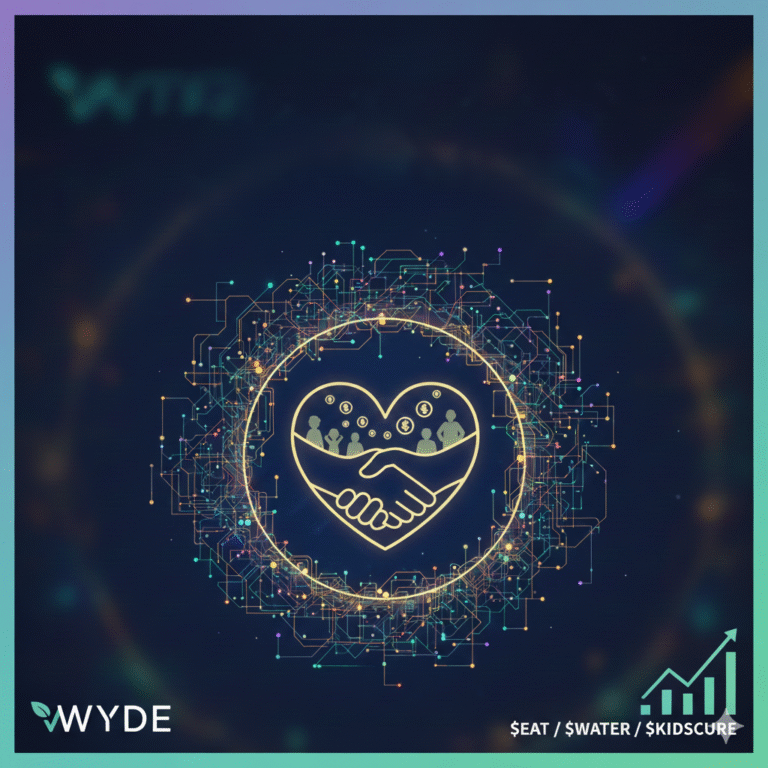

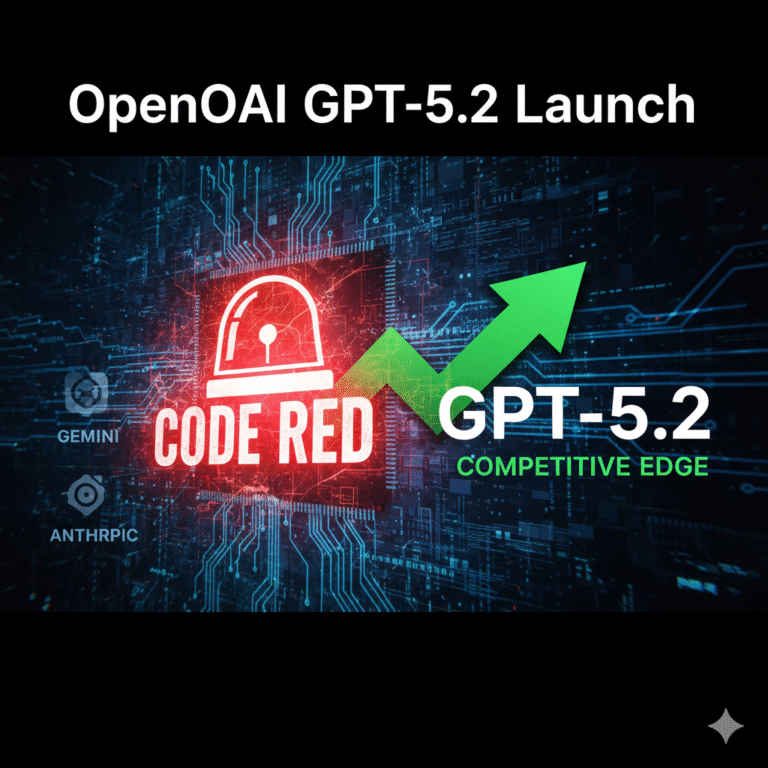
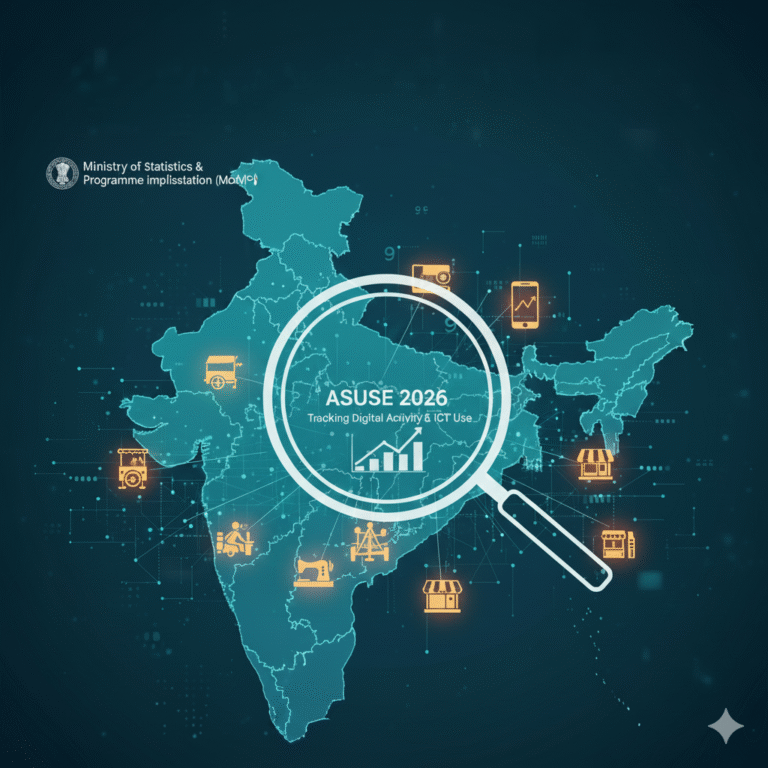
+ There are no comments
Add yours